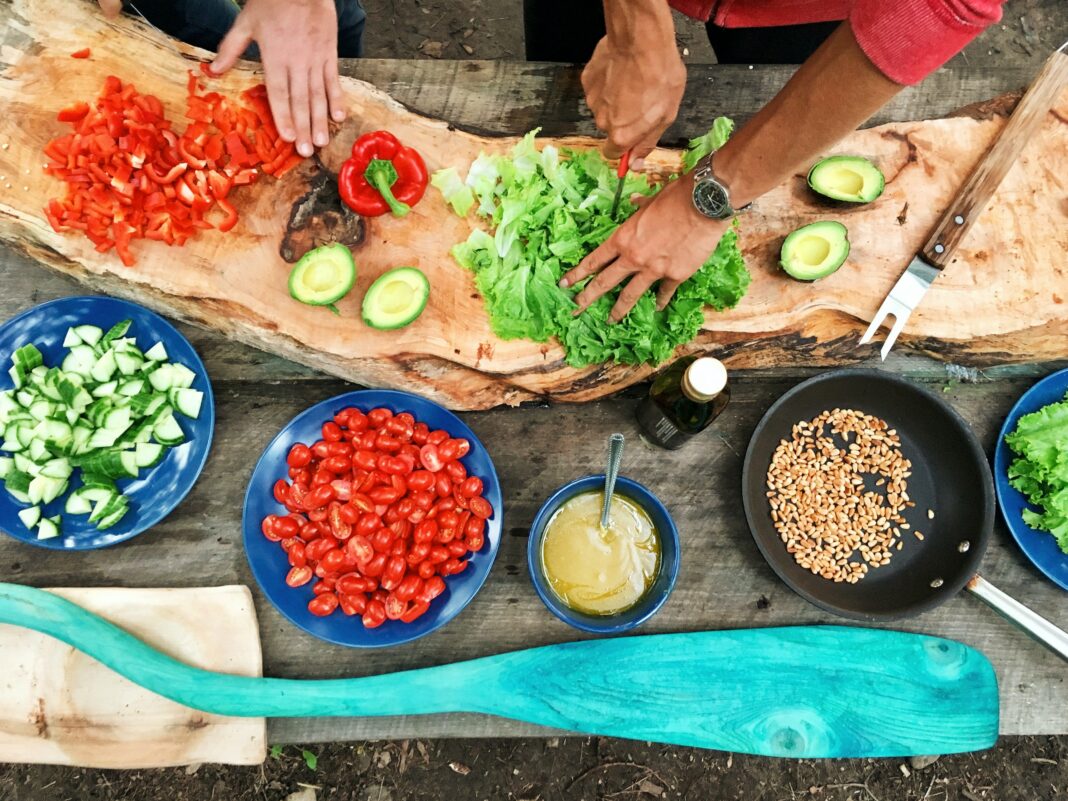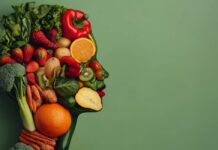One of the most insidious and upsetting symptoms of Seasonal Affective Disorder (SAD) is winter weight gain. Often people with SAD are not energized to do anything about it because so many aspects of life feel like a struggle, from which comfort foods, as their name suggests, offer temporary reprieve.
Craving sweets and starches is one of the cardinal symptoms of SAD. At the National Institute of Mental Health (NIMH), my group and I wondered what it was about carbohydrate-rich foods that made them especially tempting to people with SAD.
We conducted a study in which we gave people with SAD, as well as controls, a carbohydrate-rich meal (cookies) on one day and a protein-rich meal on another day. People with SAD responded differently from controls. After eating the cookies, they reported feeling energized and activated, whereas controls felt sedated. We speculated that this activating effect on our patients might be one reason why people with SAD gravitate towards carbohydrate-rich foods, looking for any source of energy they can find to reverse their winter sluggishness and get them moving. Carbohydrate-rich foods are not, however, a dependable source of energy. Relatively soon after eating them people with SAD experience a return to their baseline fatigue, along with craving more sweets and starches. This pattern is not, of course, unique to people with SAD. Many people who struggle to maintain a normal weight level crave carbohydrate-rich foods, which lead to temporary satisfaction but are followed by more craving and more overeating. One biochemical mechanism that drives this pattern of yo-yo eating is the pattern of rising and falling sugar levels in the bloodstream.
Simply put:
Carb craving > carb binging > increased blood sugar > increased blood insulin secretion > drop in blood sugar > more carb craving.
We don’t know exactly why this problem bedevils people with SAD, but one tempting hypothesis zeroes in on the brain neurotransmitter serotonin.
Research by John Fernstrom and Richard Wurtman at MIT2 found that carbohydrate-rich foods boost brain serotonin synthesis by a mechanism that can be summarized as follows:
Eating carbs > the amino acid tryptophan enters the brain from the plasma > increases serotonin synthesis in the brain (tryptophan is a building block of serotonin).
Since various lines of evidence point to a winter deficiency of brain serotonin transmission in people with SAD, they might, without knowing it, have found a readily available but short-lived method for boosting their brain serotonin levels: sweets and starches.
There is data suggesting that light therapy reduces carbohydrate craving in people with SAD. Nevertheless, as with many symptoms of SAD, light therapy alone, though valuable, is not usually sufficient for helping people with SAD lose weight and keep it off.
Carbohydrate Addiction
Confession: I am a carbohydrate addict. I say that without shame. It is an accident of my biology, and the years have taught me that I have lots of company.
I struggled with sugar cravings and recall going to the freezer at night to sample some frozen yogurt, low in fat but high in sugar. The solution, of course, was simple. I had to stop eating sugar-rich foods, which I did years ago. Almost miraculously, my nighttime cravings disappeared. It was a first step towards gaining some control over my weight. But before I recommend any dietary changes, let me suggest that you start with a simple step: measure your weight.
Usually, people are stressed about measuring their weight because they don’t want to find out the answer. However, if you want to manage your weight effectively, it is best to measure and track it.
Daily Weight Measurements
Regularly weighing yourself is one of the many habits that make it easier to live a healthy life. It is the start of viewing your diet
as a scientific study or, dare I say, an adventure!
Make sure that you always weigh yourself at the same time of day, wearing the same clothes. First thing in the morning is often best, because that way you will have your weight in mind through the day as a source of inspiration. If you find it too stressful to weigh yourself daily, weigh yourself once a week. The more consistent the data, the easier it will be to manage your weight optimally.
Write down your weight in a journal so you have a continuous record and will be able to infer what causes you to gain or lose weight and how successful you are over time. If you gain or lose weight make note of the likely cause, such as dinner at a fancy restaurant or an impulsive visit to a fast-food joint.
Distinguish Between Good and Bad Carbohydrates
Avoid pure sugars wherever possible. The most common culprits are cakes, cookies, candy, and sugary sodas. Other high-impact carbs include potatoes, pasta, and white rice. The main reason why these carbs are designated as “bad” or “high-impact” is that they have a high glycemic index, i.e. they are readily digested and absorbed into the bloodstream, where they rapidly raise blood sugar levels.
People vary with regard to how well they tolerate artificial sweeteners. Some find that they trigger sugar cravings and cause them to eat more, while others seem to tolerate them better. Determine what role, if any, such sweeteners have in your life. If you need some sweetness in your coffee but find that sweeteners trigger your cravings, consider adding cinnamon instead.
Seek Out Healthy Carbohydrates
There is general agreement that one of the healthiest diets is the so-called Mediterranean diet, which draws on the eating habits of people who live near the Mediterranean. Healthy carbohydrates are a key part of this diet and include legumes, such as beans, peas, and lentils, unrefined grains, fruits, and vegetables. In general, these foods have a lower glycemic index than those mentioned above.
If your diet contains a minimum amount of refined carbohydrates and a balance between healthy carbohydrates and proteins such as you find in the Mediterranean diet, you are likely to experience fewer cravings without sacrificing flavour and variety.
Time-Restricted Eating and Intermittent Fasting
There is some evidence that going without food for periods of time, for example more than twelve hours, produces healthy changes in the metabolism. Before this twelve-hour transition point, the body’s main energy source is the breakdown of glycogen in the liver. Thereafter we derive energy mostly from breakdown of fat, which produces chemicals called ketone bodies.
There is evidence in animals, and possibly humans, that some degree of fasting, with its resulting metabolic effects, may be beneficial both for weight control and as an anti-aging strategy.
If you want to try a very mild form of daily fasting, as I do, consider time-restricted eating. For example, not eating after dinner and waiting until say 11:00 a.m. or noon the next day before breaking your fast. That way, all your daily eating can be compressed into about eight hours. It may be interesting to experiment with this for a week or two and see how it works for you.
January and February are the peak months for SAD in the northern hemisphere, so be aware of those carbohydrate-rich food cravings, which energize in the short term but are soon followed by rebound sedation and lethargy. Adopt the attitude of a scientist seeking
to understand the workings of your body. No one diet is right for everyone, so you need to find which one is right for you.
G&D Media grants permission for IMPACT Magazine to feature this excerpt from the weight management chapter of Defeating SAD by Norman E. Rosenthal, M.D.
You may also like: Understanding Creatine and its Benefits

Read This Story in Our 2023 Fall Fitness & Food Issue
Featuring this year’s winners of the Amazing Race Canada, Ty Smith and Kat Kastner on our cover. Inside our latest issue, you’ll find all the inspiration you need to carry you through the autumn season. From delicious high-protein recipes and how to resist the crunch of potato chips to running through the high peaks of the Colorado Rockies and the latest in nutrition and fitness, these pages are packed with expert knowledge and advice.

















